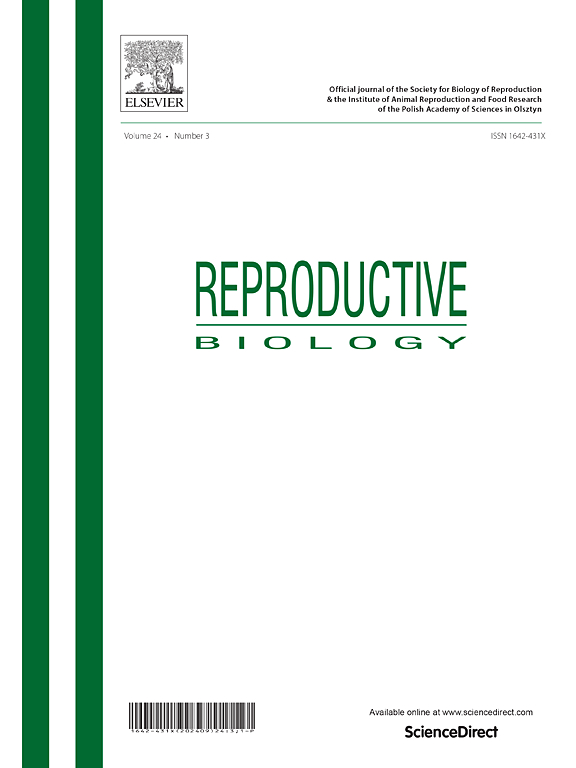探索干细胞技术:开辟女性生育能力保存和恢复的新途径。
IF 2.5
3区 生物学
Q3 REPRODUCTIVE BIOLOGY
引用次数: 0
摘要
女性的生育能力对个人和家庭的幸福至关重要。然而,化疗、生活方式的改变等各种因素都可能导致女性生育能力下降,因此,保持和恢复生育能力的意义就显得尤为重要。干细胞具有独特的自我更新和多能分化能力,在卵巢组织冷冻保存、冻融卵巢组织体外培养和卵巢类器官构建等领域取得了重大进展。本综述旨在总结这些领域的最新研究成果,强调干细胞技术在保存和恢复女性生育能力方面的关键作用、机制和未来前景。此外,还强调了跨学科合作的重要性,因为通过生殖医学和干细胞领域的跨学科合作定制的个性化干细胞治疗方案,有望为保存和恢复女性生育能力提供可靠的解决方案。本文章由计算机程序翻译,如有差异,请以英文原文为准。
Exploring stem cell technology: Pioneering new pathways for female fertility preservation and restoration
The fertility of women is crucial for the well-being of individuals and families. However, various factors such as chemotherapy, lifestyle changes, among others, may lead to a decline in female fertility, thus emphasizing the significance of preserving and restoring fertility. Stem cells, with their unique capacity for self-renewal and pluripotent differentiation, have made significant strides in areas such as ovarian tissue cryopreservation, in vitro culture of frozen-thawed ovarian tissue, and construction of ovarian-like organs. This review aims to summarize the latest findings in these fields, highlighting the pivotal role, mechanisms, and future prospects of stem cell technology in preserving and restoring female fertility. Additionally, the importance of interdisciplinary collaboration is underscored, as personalized stem cell therapy regimens tailored through interdisciplinary cooperation between reproductive medicine and stem cell fields hold promise in providing reliable solutions for the preservation and restoration of female fertility.
求助全文
通过发布文献求助,成功后即可免费获取论文全文。
去求助
来源期刊

Reproductive biology
生物-生殖生物学
CiteScore
3.90
自引率
0.00%
发文量
95
审稿时长
29 days
期刊介绍:
An official journal of the Society for Biology of Reproduction and the Institute of Animal Reproduction and Food Research of Polish Academy of Sciences in Olsztyn, Poland.
Reproductive Biology is an international, peer-reviewed journal covering all aspects of reproduction in vertebrates. The journal invites original research papers, short communications, review articles and commentaries dealing with reproductive physiology, endocrinology, immunology, molecular and cellular biology, receptor studies, animal breeding as well as andrology, embryology, infertility, assisted reproduction and contraception. Papers from both basic and clinical research will be considered.
 求助内容:
求助内容: 应助结果提醒方式:
应助结果提醒方式:


